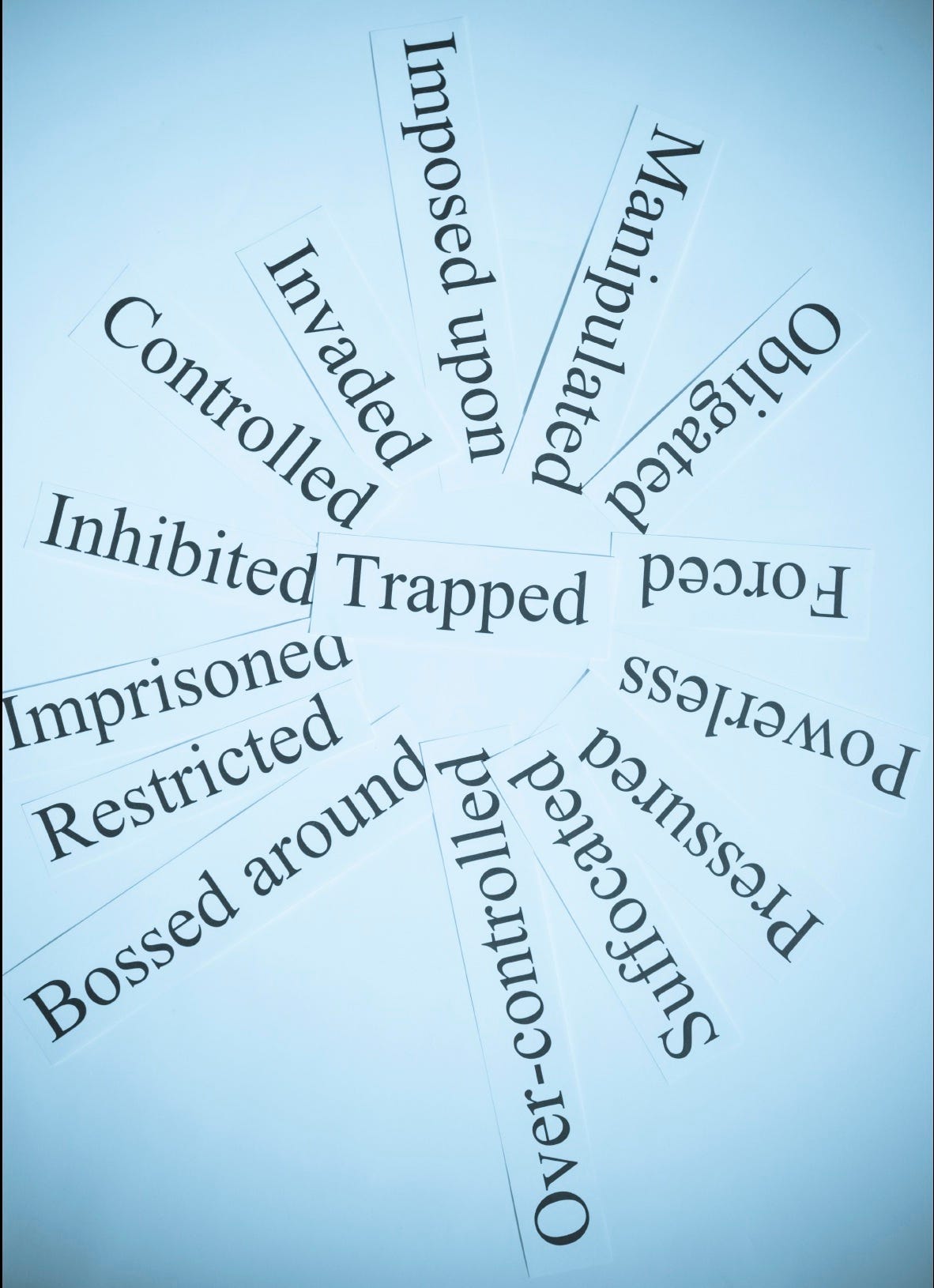What Is Domestic Violence?
How to Understand the Enigma Before Becoming a Domestic Abuse Statistic
It is estimated that one out of every four women will encounter a domestic assault in her lifetime. Would you know if you were in an intimate relationship that was dangerous to your safety and well-being?
How do you know if you are entangled in intimate partner abuse?
Domestic abuse victims are usually the first to know and the last to admit it. On a primal level, you feel violated and it hurts. You feel oppressed, controlled, manipulated…caged. You know you can never fully please your abuser, but you continue to try. And the compromises you make in the relationship are not in the interest of the relationship; rather, they are to keep a lid on your abuser.
Your partner may be a man or could be a woman. Domestic violence crosses gender, however we don’t hear about it as much when it’s the other way around. Nonetheless, this partner will evidence the classic signs of a batterer…excessive jealously, possessiveness, controlling behavior, unrealistic expectations, hypersensitivity and a Dr. Jekyll/Mr. Hyde personality.
Domestic Abuse – Clear Signs; Confusing Enigma
What becomes confusing for many people in abusive relationships is recognizing the dynamics while living them. You may feel the many facets of domestic abuse and know its ugly varieties of psychological abuse, mental abuse, emotional abuse, sexual abuse and physical abuse. But the full enigma can still elude you.
It’s like when you’re in the forest, “You can’t see the forest for the trees.” There is no sight of the full gestalt (the complete picture) until part of you steps out of the relationship and grasps it beyond and outside of yourself. From here, you can see the danger, the current destruction and the horrible, devastating potential.
There is one other time when you have this vision and that is before you step into the forest—before you fully engage in the relationship and become a part of the abuse dynamic. As I trust you know, education in domestic abuse IS prevention, and prevention is the best cure for domestic violence.
Core Constellation of Symptoms Characterizing Intimate Partner Abuse
It’s not the individual symptoms; it’s the constellation of symptoms that define intimate partner violence. You can prevent domestic abuse by learning to identify these five characteristics in combination. (Cited in the *Intimate Partner Abuse Screen®, Interpretive Analysis, Jeanne King, Ph.D. 2006-2024)
• CONTROLLING & POSSESSIVE – The abused partner experiences herself in their intimate relationship as her partner’s possession, rather than as a partner. And she knows her partner needs to control/dictate the way she spends her time, attention and money.
• ISOLATION – She is isolated from all sources of support, which might include social, emotional, physical and/or financial support—beyond that which comes directly from her significant relationship.
• NON-EMPATHIC – Her partner is non-empathic to her feelings and/or experience, and behaves as though the world revolves around him—expecting her to continuously cater to his needs.
• EXTERNALIZES BLAME – The battering partner does not assume responsibility or any accountability for mishaps between the two of them or beyond. Instead there is a tendency to externalize fault—blaming problems and issues on the victim/survivor, on other people, or on extraneous circumstances.
• ONGOING BATTERING FOR POWER – Verbal and/or emotional battering, with or without physical and/or sexual assault, toward the victim is used to establish and maintain a dynamic of unequal power within the relationship.
For more information on identifying and healing in and from an abusive relationship, visit www.innersanctuaryonline.org
Dr. Jeanne King, psychologist and author, helps people worldwide recognize, end and heal from domestic abuse.
© Dr Jeanne King, PhD. — Domestic Violence Prevention



